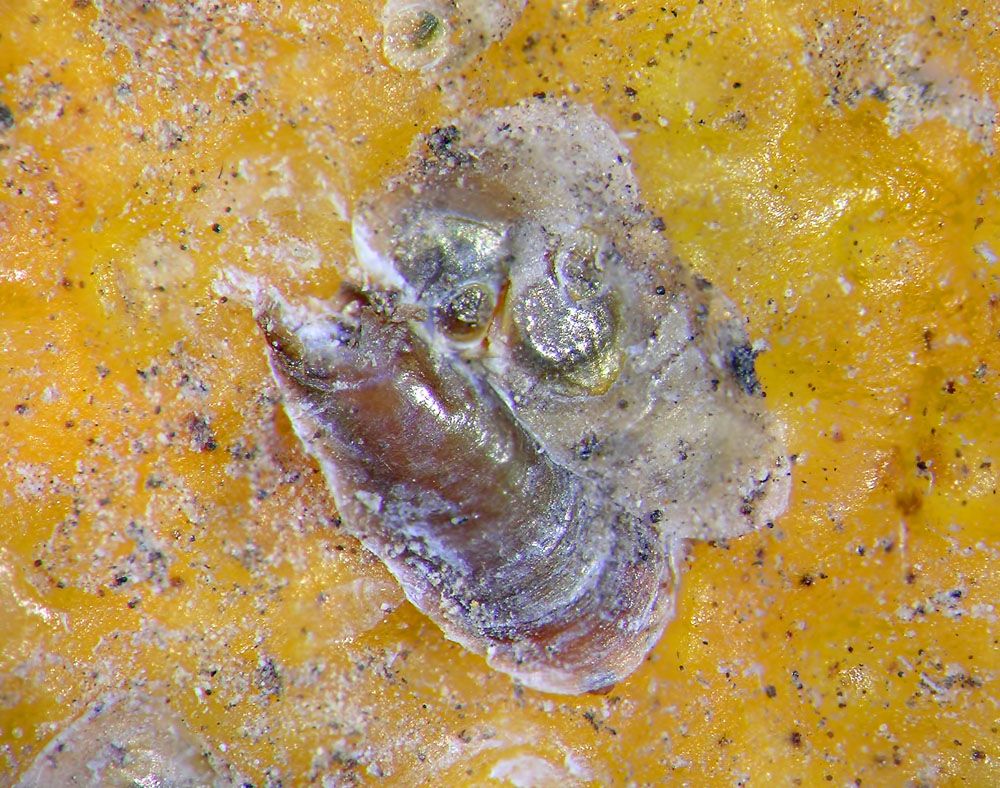
Purple Scale – Lepidosaphes beckii
Purple Scale – Lepidosaphesbeckii
Common Name: Purple Scale, purple scale, orange scale, comma scale, mussel purple scale, mussel scale, citrus mussel scale
Latin Name: Lepidosaphesbeckii
Appearance:
Lepidosaphes beckii, also known as purple scale, orange scale, comma scale, mussel purple scale, mussel scale, citrus mussel scale.
- Purple-scale insects are not, in fact, purple. That would undoubtedly make them simpler to discover! Instead, they’re dark brown with tan margins and a subtle purple hue.
- Male purple scales are narrower and smaller than females. In both circumstances, there may be a tiny bend at the thin end of the scale.
- Male purple scales measure 1/10″ in length, while females are somewhat more extensive. Male purple scale insects are little and flutter around looking for motionless females.
Host plant:
These are typically Citrus host plant species such as sweet orange Citrus sinensis.
Damages caused by Purple Scale:
Purple scale, like other scale insects, feeds mostly on leaves and young fruit, although they may attack any part of a tree. The leaves may have minor golden halo effects. Feeding by purple scales can weaken branches, disfigure fruit, and diminish output. Excessive feeding can cause defoliation and twig dieback. The tree may perish in severe instances. Purple scale populations are often modest and concentrated in coastal areas, but mild temperatures, high humidity, and cloudy sky can create the ideal circumstances for a population boom. These pests can be found in the cooler, shady parts of trees.
Life history and habits:
Females lay 40 to 80 eggs inside their protective coverings. Crawlers emerge from the eggs and scurry to surrounding fruit, leaves, and twigs, where they create their bodies. Purple scale crawlers are first coated in a mass of waxy threads. Their purplish-brown coverings appear when they are roughly half-grown. When a female attaches herself, she remains.
